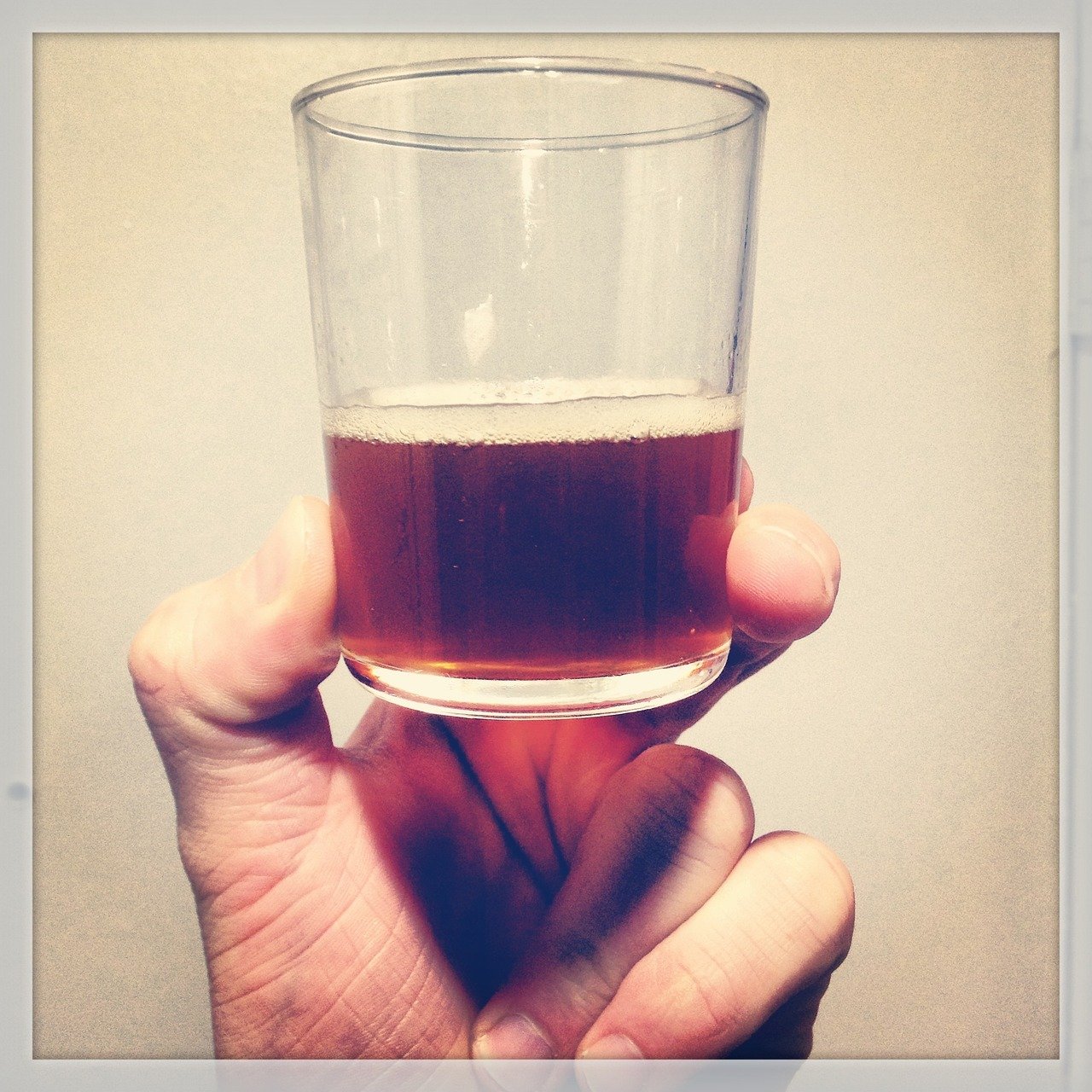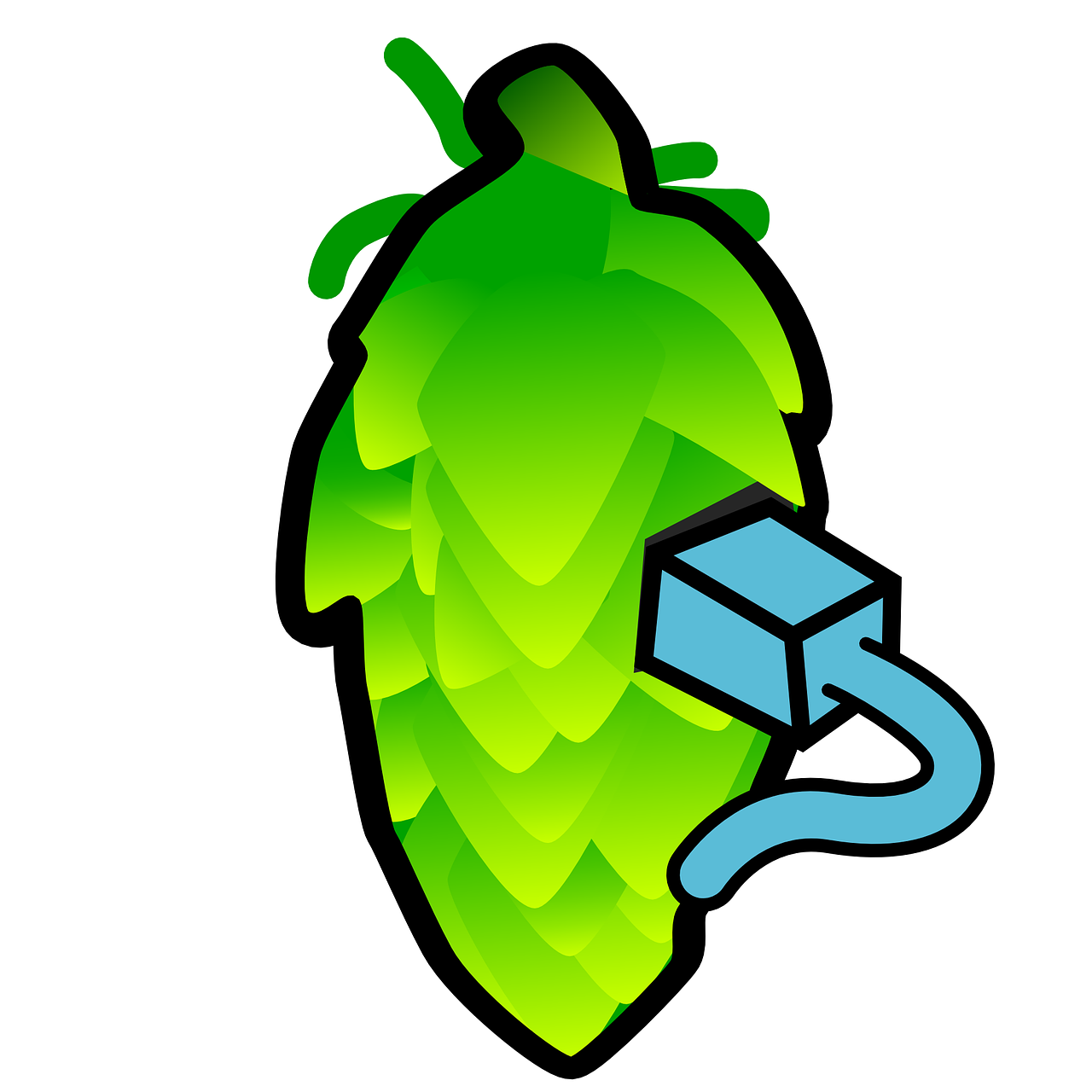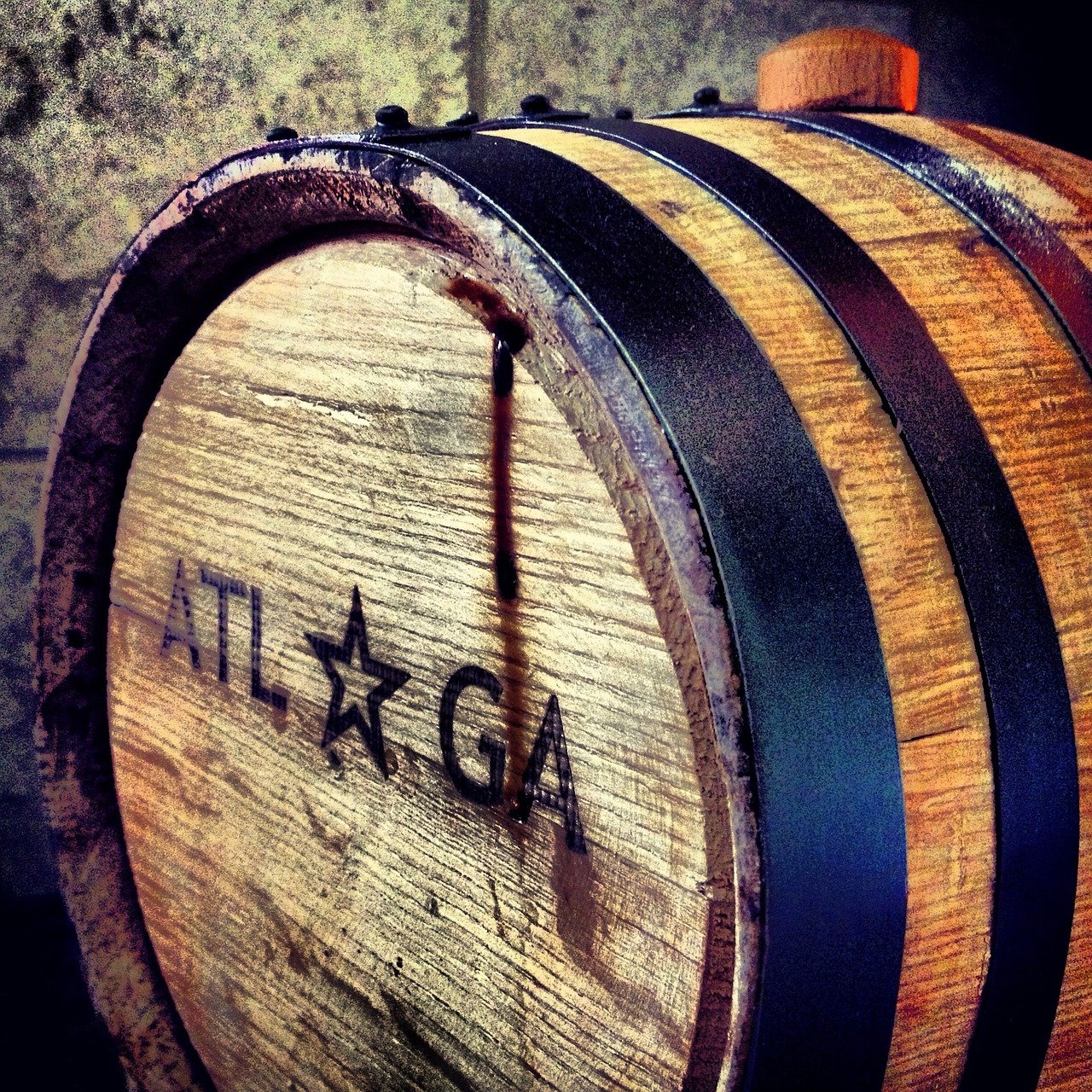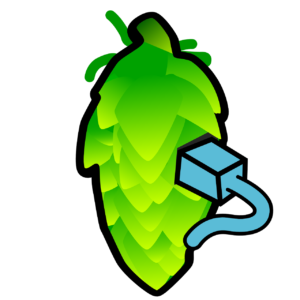Save Money and Savor Flavor: Your Guide to Home Coffee Brewing
Whether you’re a coffee aficionado or just need that caffeine boost to start your day, making your own coffee at home is a skill worth mastering. Not only does it save you money in the long run, but it also allows you to tailor your cup of joe exactly to your liking. With a few simple steps and a bit of practice, you’ll be on your way to brewing a delicious and satisfying coffee right in the comfort of your own kitchen. Say goodbye to long lines at the coffee shop and hello to the joy of creating your perfect cup of coffee at home.
Choosing the Right Coffee Beans
Understanding Different Coffee Bean Types
When it comes to choosing the right coffee beans, it’s essential to understand the different types available. There are two main types: Arabica and Robusta. Arabica beans are known for their superior quality and delicate flavors, while Robusta beans have a stronger, more bitter taste. It’s important to note that Arabica beans are generally more expensive due to their higher quality. So, if you’re looking for a smoother and more refined flavor, Arabica beans are the way to go.
Within the Arabica and Robusta categories, there are also various coffee bean varieties. These varieties, such as Colombian, Ethiopian, or Brazilian, have distinct flavor profiles and characteristics. It’s worth experimenting with different varieties to find the ones that suit your taste preferences the best. Consider trying out single-origin beans to experience the unique flavors of beans grown in specific regions.
Considerations when Buying Coffee Beans
When buying coffee beans, there are a few considerations to keep in mind. First, ensure that the beans are freshly roasted. Look for a roast date on the packaging to ensure you’re getting the freshest beans possible. Freshly roasted beans offer more vibrant and complex flavors compared to stale ones.
Additionally, pay attention to the packaging. Coffee beans should be stored in airtight bags with a one-way valve that allows carbon dioxide to escape without letting oxygen in. This helps preserve the freshness of the beans for longer. Avoid buying coffee beans in bulk unless you have a proper storage solution to maintain their freshness.
Lastly, consider your preferred roast level. Coffee beans can be roasted to various levels, ranging from light to dark. Each roast level imparts different flavors and characteristics to the coffee. Experiment with different roast levels to find the balance of flavors that suits your taste buds.
Roast Level Options
Coffee beans can be roasted to different levels, each resulting in unique flavor profiles. Here’s a breakdown of the most common roast levels:
- Light Roast: Light roasted coffee beans are lightly browned and have a more delicate flavor profile. They generally retain more of the coffee’s natural acidity and fruity flavors. If you prefer a brighter and more nuanced taste, light roast beans are a great choice.
- Medium Roast: Medium roast beans have a slightly darker color and a balanced flavor. They offer a good compromise between the acidity of light roasts and the deeper flavors of dark roasts. Medium roast beans are a popular choice for those who enjoy a well-rounded cup of coffee.
- Dark Roast: Dark roast beans are dark brown to almost black. They have a rich, intense flavor with low acidity. Dark roast beans often have smoky or chocolaty notes and are commonly used for espresso or strong coffee drinks. If you prefer a bold and robust taste, dark roast beans are the way to go.
Now that you have a better understanding of the different coffee bean types, considerations when buying them, and the various roast levels available, let’s move on to preparing the coffee equipment.
Preparing the Coffee Equipment
To brew a delicious cup of coffee at home, it’s crucial to have the right equipment and know-how to use it effectively. Here are the key aspects to consider when preparing your coffee equipment:
Coffee Grinder
Investing in a good quality coffee grinder is essential for achieving a consistent grind size, a crucial factor in brewing great coffee. Burr grinders are highly recommended because they provide a more uniform grind compared to blade grinders. This consistency allows for better extraction and ensures that all the coffee grounds are evenly saturated during the brewing process.
Coffee Maker
Choosing the right coffee maker largely depends on your personal preferences and the brewing method you prefer. There are various options available, including drip brewers, French presses, pour-overs, and AeroPress. Each brewing method has its own unique qualities and produces different flavors. Consider your desired taste, brewing time, and convenience when selecting a coffee maker.

Filters and Accessories
Depending on your chosen brewing method, you may need filters or other accessories. For drip brewing, paper filters are commonly used to remove any sediment or oils from the coffee. French presses require a mesh plunger to separate the grounds from the liquid. It’s essential to have the appropriate filters and accessories for the brewing method you’ve selected to ensure a smooth and enjoyable coffee experience.
Now that you have your equipment ready, let’s move on to grinding the coffee beans.
Grinding the Coffee Beans
Achieving the perfect grind size is crucial for extracting the ideal flavors from your coffee beans. Here’s what you need to know about grinding the beans:
Choosing the Right Grind Size
The grind size you choose depends on the brewing method you’ll be using. Different brewing methods require different grind sizes to optimize flavor extraction. For example:
- Coarse Grind: French press brewing method.
- Medium Grind: Drip brewing and pour-over methods.
- Fine Grind: Espresso machines and AeroPress.
Using the wrong grind size can result in over-extraction or under-extraction, leading to coffee that is either too bitter or too weak. Experiment with different grind sizes to find the one that produces the best flavor for your preferred brewing method.
Using a Burr Grinder
When grinding coffee beans, using a burr grinder is highly recommended. Burr grinders crush the beans between two abrasive burrs, resulting in a more uniform grind compared to blade grinders. This consistency is essential for even extraction and a balanced flavor in your cup of coffee. Invest in a burr grinder for better control over your grind size and overall coffee quality.
Measuring the Coffee
Consistently measuring the amount of coffee you use is crucial for achieving the desired taste. Use a kitchen scale to measure your coffee beans accurately. The general guideline is to use one to two tablespoons (7 to 14 grams) of coffee per six ounces (177 milliliters) of water, depending on your preferred strength. Adjust the amount based on your taste preference and the brewing method you’re using.
With your coffee beans properly ground, let’s move on to understanding different brewing methods.
Brewing Methods
There are several popular brewing methods to choose from, each offering a unique taste profile and brewing experience. Let’s explore some of the most commonly used methods:
Drip Brewing
Drip brewing, also known as automatic brewing, is one of the most popular methods for making coffee at home. This method involves pouring hot water over coffee grounds held in a filter basket within a drip brewer. The water then drips through the coffee and into a pot or carafe.
Drip brewing is known for producing a clean and balanced cup of coffee. It’s a convenient and straightforward method that allows you to brew larger quantities. To perfect your drip brewing technique, ensure you have the right grind size and coffee-to-water ratio.

French Press
The French press is a classic and beloved brewing method that allows for full immersion brewing. It involves steeping coarsely ground coffee in hot water and then separating the liquid from the grounds using a mesh plunger.
French press brewing produces a robust and full-bodied cup of coffee with more oils and sediment compared to other methods. To achieve the best results, use a coarse grind size, and let the coffee steep for about four minutes before plunging. This method is an excellent choice if you enjoy a rich and flavorful coffee experience.
Pour Over
Pour over brewing is a manual method that involves pouring hot water over coffee grounds held in a filter. This method allows for precise control over the brewing process and emphasizes the extraction of delicate flavors.
To brew coffee using the pour over method, place a filter in a pour over dripper or a Chemex, add the desired amount of coffee, and slowly pour hot water in a circular motion over the grounds. The water filters through the coffee and drips into the vessel below.
Pour over brewing is popular among coffee enthusiasts who appreciate the clarity and complexity of flavors it can extract. It requires a medium grind size and a steady hand to ensure an even extraction.
AeroPress
The AeroPress is a unique brewing method that uses air pressure to extract coffee flavors. It’s a versatile and portable device that allows for experimentation with different brew times and techniques.
To use the AeroPress, place a filter in the brewing chamber, add finely ground coffee, and pour hot water over it. After a specified brew time, press the plunger down, forcing the brewed coffee through the filter and into your cup.
The AeroPress produces a concentrated and rich cup of coffee that can be enjoyed as is or diluted with hot water for a milder taste. It’s a popular choice for coffee lovers who value convenience and flavor customization.
Now that you’re familiar with different brewing methods, let’s move on to the importance of water quality and temperature.
Water Quality and Temperature
The quality of the water you use for brewing coffee plays a significant role in the overall taste and flavor extraction. Here are some factors to consider:
Importance of Water Quality
Using high-quality water is crucial for brewing excellent coffee. Tap water may contain impurities, such as chlorine or mineral deposits, which can negatively affect the taste of your coffee. Consider using filtered or bottled water to ensure a clean and neutral base for brewing.
Ideal Water Temperature
Water temperature is another critical factor in achieving optimal flavor extraction. The ideal water temperature for brewing coffee is between 195 to 205 degrees Fahrenheit (90 to 96 degrees Celsius). Water that is too hot can result in over-extraction and bitterness, while water that is too cold may lead to under-extraction and a weak cup of coffee.

Using a Thermometer
To accurately measure the water temperature, use a thermometer. This will help you achieve consistent results and ensure that you’re brewing your coffee within the recommended temperature range. Some coffee makers come with built-in thermometers, while others require an external thermometer for precise temperature control.
Now that you have a better understanding of water quality and temperature, let’s explore the proper coffee-to-water ratio.
Proper Coffee to Water Ratio
Achieving the right coffee-to-water ratio is crucial for brewing a well-balanced and flavorful cup of coffee. Here’s what you need to know:
Determining the Ratio
The coffee-to-water ratio refers to the amount of coffee in relation to the amount of water used for brewing. The general guideline is to use one to two tablespoons (7 to 14 grams) of coffee per six ounces (177 milliliters) of water. Adjust the ratio based on your taste preference and the brewing method you’re using.
If you prefer a stronger cup of coffee, increase the amount of coffee while keeping the water volume the same. For a milder taste, decrease the amount of coffee. It’s a personal preference, so feel free to experiment and find the ratio that suits your taste buds best.
Measuring the Ingredients
To achieve consistency in your brewing, measure both the coffee and water accurately. Use a kitchen scale to weigh your coffee and a measuring cup or kettle with volume markings to measure the water. This precision will help ensure that you’re using the same ratio each time and can replicate your favorite brews.
Now that you know how to measure and balance the coffee and water, let’s move on to mastering the brewing process.
Mastering the Brewing Process
Brewing a great cup of coffee involves following the proper steps and paying attention to timing and precision. Here’s how you can master the brewing process:
Following the Proper Steps
Each brewing method has its specific steps, and it’s essential to follow them correctly to achieve the desired results. Understanding the sequence of actions, such as preheating the equipment, adding the coffee, pouring the water, and controlling the brewing time, will help you consistently brew high-quality coffee.
Refer to the instructions provided with your specific brewing method or explore online tutorials to ensure you’re following the proper steps for your chosen brewing method. With practice, you’ll become more familiar with the process and be able to make adjustments according to your taste preference.
Timing and Precision
Timing and precision are crucial aspects of the brewing process. Pay close attention to the brewing time specified for your chosen method and adjust it according to your taste preference. Experiment with different brewing times to find the balance of flavors that suits you best.
Be precise when pouring the water, especially when using pour-over methods. Aim for a slow and steady stream to evenly saturate the coffee grounds. Uneven pouring can result in under-extraction or over-extraction, affecting the overall taste of your coffee.
Now that you’re becoming a brewing expert, let’s explore some flavor enhancements to elevate your coffee experience.
Flavor Enhancements
If you’re looking to add some variety and excitement to your coffee, consider experimenting with flavor enhancements. Here are some ideas to get you started:
Using Specialty Syrups
Specialty coffee syrups come in various flavors, such as vanilla, caramel, or hazelnut. Adding a splash of syrup to your coffee can transform its taste and create a more indulgent experience. Start with a small amount and adjust to taste, as syrups can be quite sweet. You can also make your own flavored syrups at home using natural ingredients like fruits, spices, or extracts.
Experimenting with Spices
Spices can add a delightful twist to your coffee. Try adding a pinch of cinnamon, nutmeg, or cardamom to your coffee grounds before brewing. These spices can complement the flavors of the coffee and create a warm and aromatic cup. Adjust the amount based on your preference and gradually explore different spice combinations to find your favorite.
Adding Whipped Cream or Milk
For a creamy and luxurious touch, top your coffee with whipped cream or frothed milk. Whipped cream adds a velvety richness to your drink, while frothed milk creates a beautiful layer of foam. You can use a handheld milk frother or a milk frothing machine to achieve the desired texture. Experiment with different milk types, such as whole, skim, almond, or oat, to find the perfect balance for your taste buds.
Now that you’ve explored ways to enhance the flavor of your coffee, let’s move on to proper coffee storage and freshness.
Storage and Freshness
Proper storage is essential for preserving the freshness and flavor of your coffee beans. Here’s what you need to know:
Proper Coffee Storage
To keep your coffee beans fresh for as long as possible, store them in an airtight container. It’s best to use a container with a one-way valve that allows carbon dioxide to escape without letting oxygen in. Oxygen is one of the culprits for coffee staling, so keeping it away from your beans is crucial.
Store the container in a cool, dry place, away from direct sunlight or heat sources. Avoid refrigerating or freezing your coffee beans, as they can absorb moisture and develop unwanted flavors. It’s best to buy coffee beans in smaller quantities to ensure you’re consistently using fresh beans.
Avoiding Stale Coffee
Coffee beans are at their peak freshness within a few weeks of being roasted. As time passes, they gradually lose their flavor and become stale. To avoid brewing with stale coffee, try to buy freshly roasted beans and use them within a month. Remember to check the roast date on the packaging when purchasing to ensure you’re getting the freshest beans available.
Once you open a bag of coffee beans, consume them within two weeks for the best flavor. Grinding your beans immediately before brewing also helps maintain their freshness, as ground coffee tends to stale more quickly.
To ensure you’re brewing with the freshest beans possible, consider buying from local roasters who prioritize freshness and offer beans with a recent roast date. This way, you can enjoy the full flavor potential of your coffee.
Now that you understand the importance of proper storage and freshness, let’s address some common troubleshooting tips.
Troubleshooting Tips
Sometimes, despite your best efforts, your coffee may not turn out exactly as you desire. Here are some common issues and how to address them:
Fixing Over-Extraction
If your coffee tastes bitter or overly strong, it may be over-extracted. Over-extraction occurs when the beans are in contact with water for too long or when the water is too hot. To fix this issue, try the following:
- Use a coarser grind size.
- Shorten the brewing time.
- Use slightly cooler water temperature.
- Adjust the coffee-to-water ratio by reducing the amount of coffee.
Making these adjustments should help reduce the bitterness and bring more balance to your cup of coffee.
Addressing Weak Coffee
If your coffee tastes weak or lacks flavor, it may be under-extracted. Under-extraction occurs when the beans are not in contact with water for long enough or when the water is not hot enough. To address this issue, try the following:
- Use a finer grind size.
- Increase the brewing time slightly.
- Use slightly hotter water.
- Adjust the coffee-to-water ratio by increasing the amount of coffee.
These adjustments should help extract more flavors from the beans and create a stronger, more flavorful cup of coffee.
Solutions for Bitterness or Sourness
If your coffee tastes excessively bitter or sour, it may be due to improper brewing parameters. Adjusting the variables can help balance the flavors. Here are some steps to consider:
- For bitter coffee, try using a coarser grind size, reducing the brewing time, or using slightly cooler water.
- For sour coffee, try using a finer grind size, increasing the brewing time slightly, or using slightly hotter water.
Finding the right balance of brewing parameters can make a significant difference in the taste profile of your coffee.
By understanding the specific issues and adjusting the variables, you can troubleshoot and improve the taste of your coffee.
In conclusion, making coffee at home is an art that requires attention to detail, patience, and experimentation. By choosing the right coffee beans, preparing the equipment properly, grinding the beans correctly, mastering the brewing process, and understanding the importance of water quality and temperature, you can brew a delicious cup of coffee to your liking.
Don’t be afraid to explore different brewing methods, flavor enhancements, and troubleshooting techniques to elevate your coffee experience further. With practice and a bit of creativity, you’ll soon be enjoying the delightful aromas and flavors of a homemade cup of coffee that rivals any cafe. So grab your favorite coffee beans, prepare your equipment, and embark on your coffee brewing adventure. Happy brewing!

